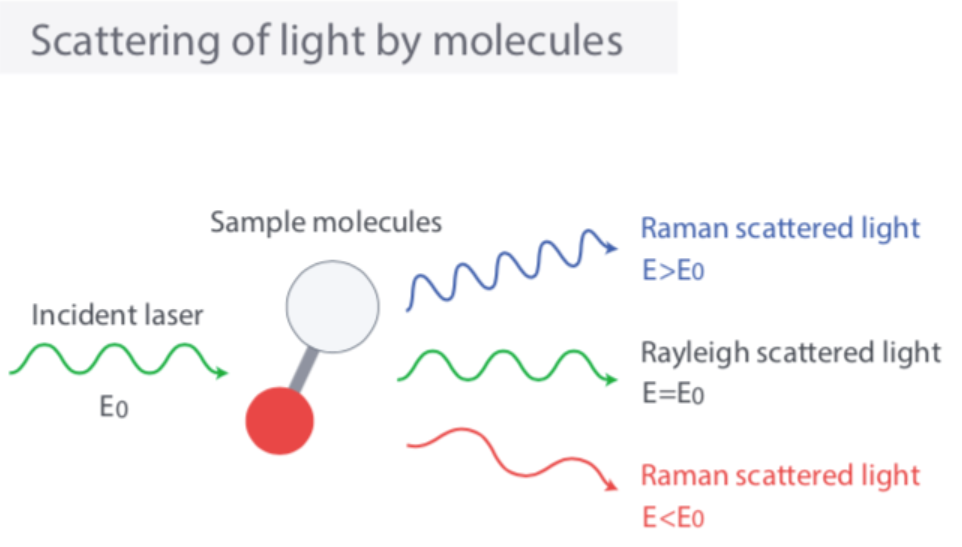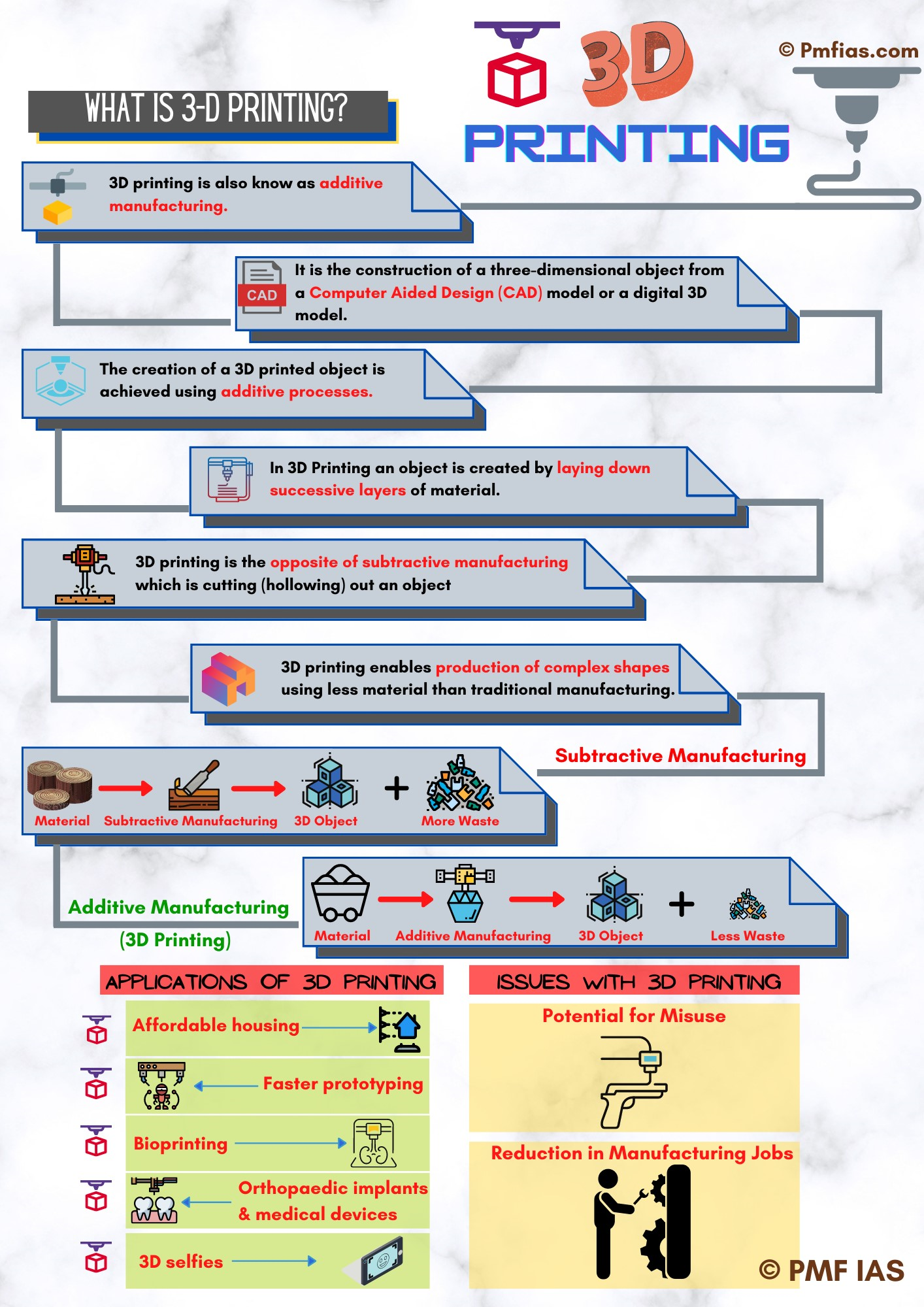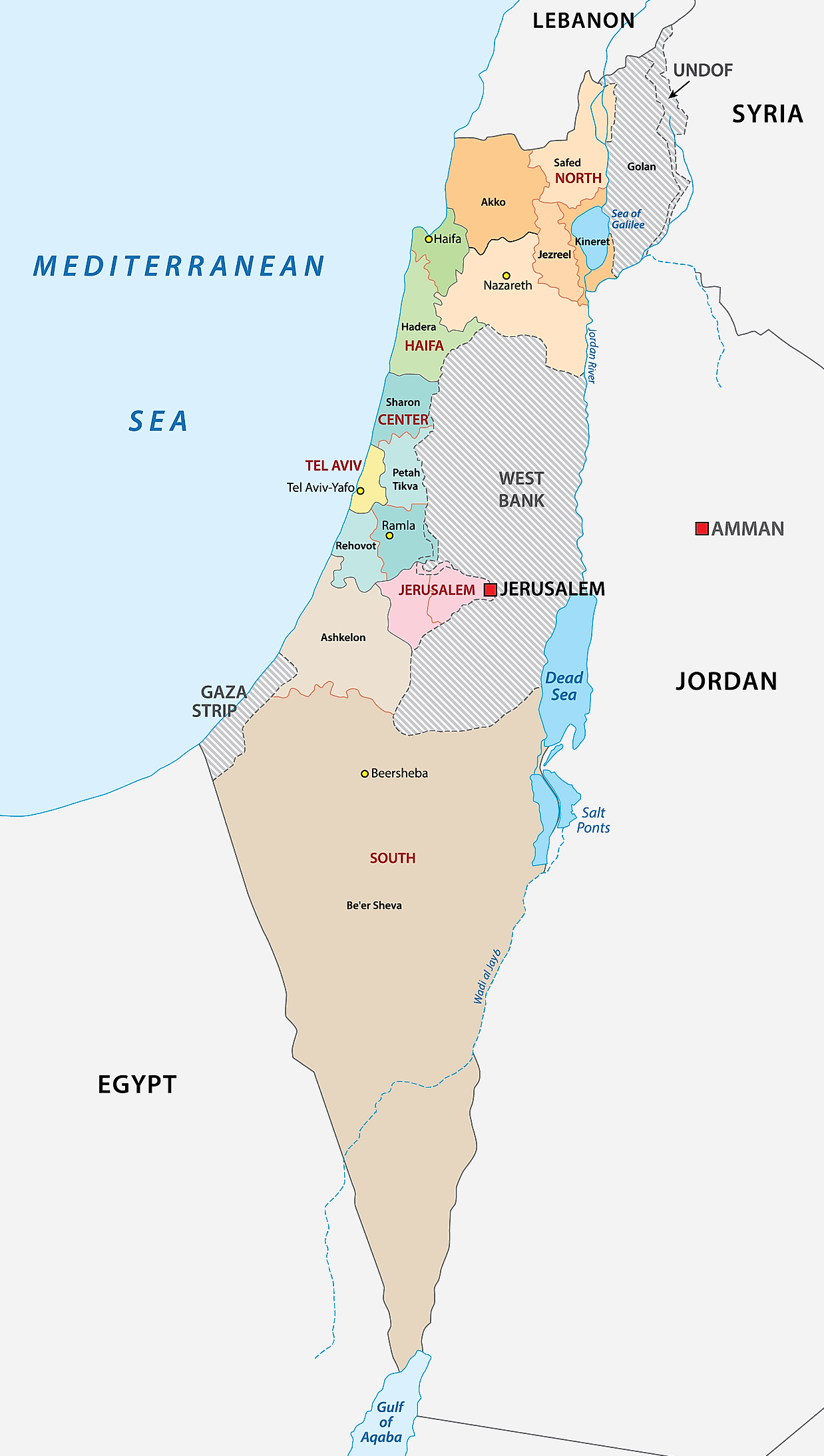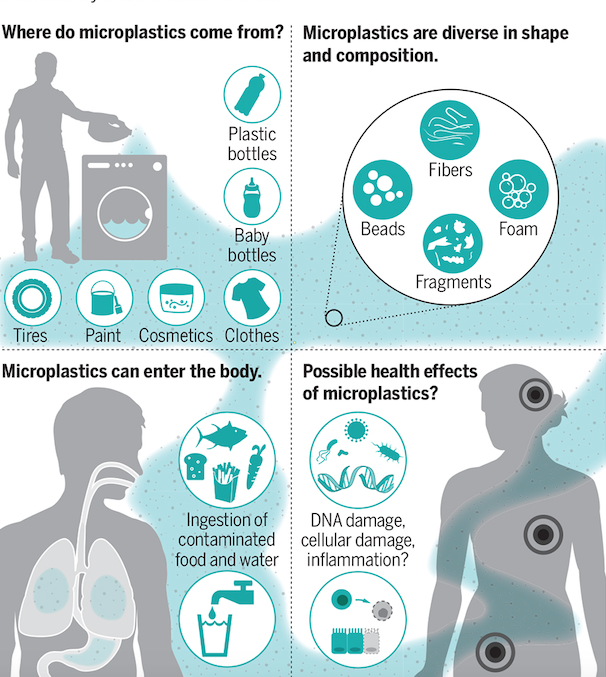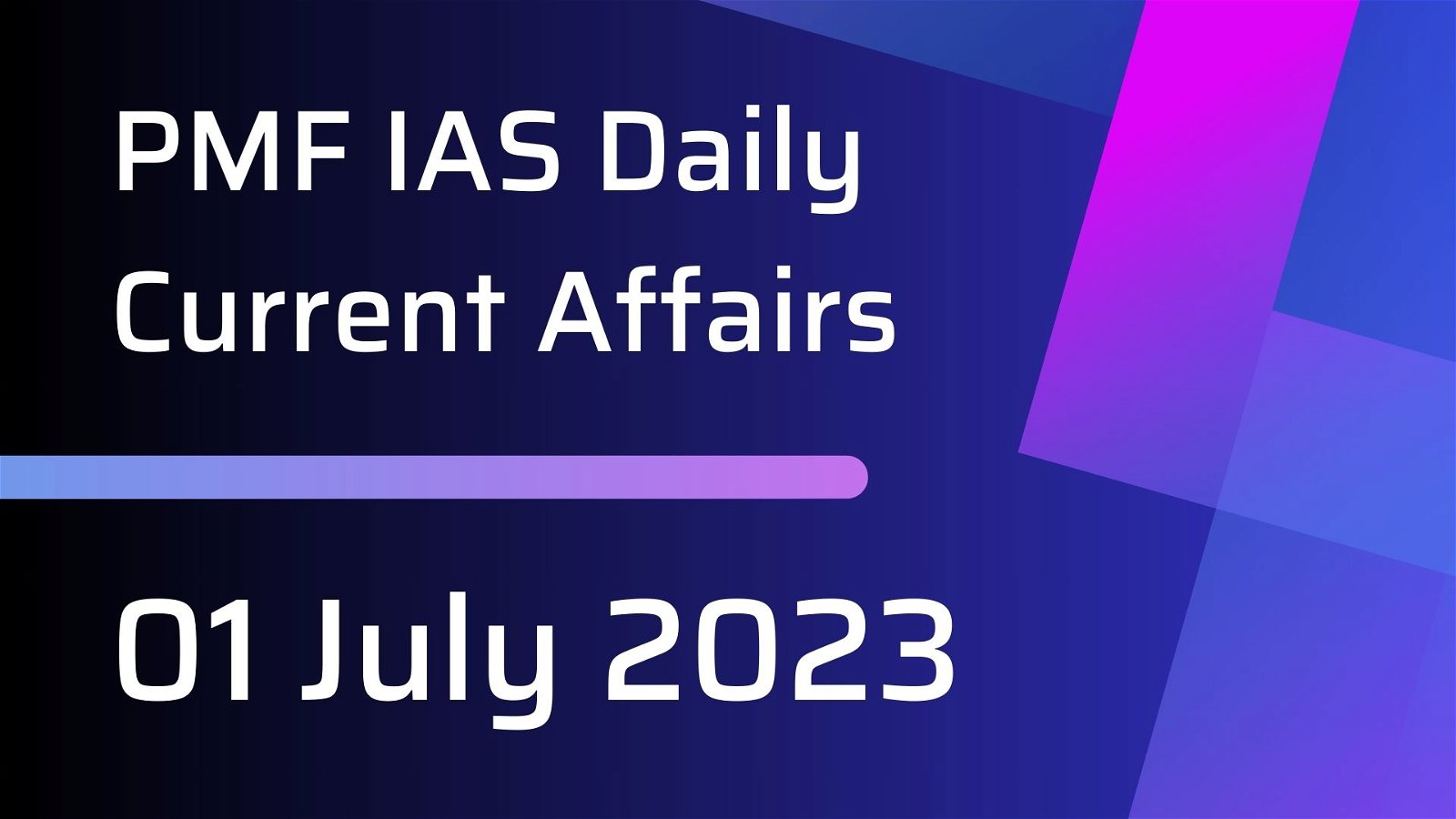
Current Affairs February 21, 2024: India displaying Lord Buddha relics in Thailand, Raisina Dialogue, Double Jeopardy: Pollinator-Plant Mismatch, Trade in donkey skin banned, Semiconductor Chip Manufacturing, Black holes
Subscribers of "Current Affairs" course can Download Daily Current Affairs in PDF/DOC
Subscribe to Never Miss an Important Update! Assured Discounts on New Products!
Must Join PMF IAS Telegram Channel & PMF IAS History Telegram Channel
{GS1 – A&C – Religion} India displaying Lord Buddha relics in Thailand
- Context (PIB): India will display four holy relics of Lord Buddha and relics of two disciples to Thailand.
- The relics are believed to contain Gautam Buddha’s remains and hold immense spiritual significance.
- This initiative is part of India’s efforts to develop and promote the Buddhist circuit and strengthen cultural ties with Thailand.
|
- This initiative is part of India’s efforts to develop and promote the Buddhist circuit and strengthen cultural ties with Thailand.
- Portions of this sacred collection have been previously exhibited in countries such as Sri Lanka, Mongolia, Singapore, South Korea, and Thailand.
Buddha’s Life and Enlightenment
Distribution of the Sacred Relics
What is the Buddhist Circuit?
Swadesh Darshan Scheme
|
{GS2 – IR – Events} Raisina Dialogue
- Context (IE): PM inaugurated the 9th edition of the Raisina Dialogue.
- The theme for the 2024 edition is “Chaturanga: Conflict, Contest, Cooperate, Create.”
- Chief Guest- Greek PM Kyriakos Mitsotakis
- Decision-makers and thought leaders will engage in conversations across six thematic pillars:
- Tech Frontiers: Regulations & Realities
- Peace with the Planet: Invest & Innovate
- War & Peace: Armouries & Asymmetries
- Decolonising Multilateralism: Institutions & Inclusion
- The Post 2030 Agenda: People & Progress
- Defending Democracy: Society & Sovereignty
Raisina Dialogue
- It is India’s premier conference on geopolitics and geo-economics, committed to addressing the most challenging global issues.
- It is held annually since 2016 in New Delhi.
- It is modelled on the lines of Singapore’s Shangri-La Dialogue and the Munich Security Conference.
- It is structured as a multi-stakeholder, heads of state, cabinet ministers, and local government officials, who thought leaders from the private sector, media, and academia join.
- It is organised by the Observer Research Foundation (ORF) in partnership with the Ministry of External Affairs.
Observer Research Foundation (ORF)
Shangri-La Dialogue
Munich Security Conference
|
{GS2 – Social Sector – Health – Diseases} Effects of COVID-19 vaccination
- Context (TH): A global study quantifies the rise in blood clots and heart inflammation following COVID-19 vaccination. The dataset, covering 99 million people, didn’t include Indian patients.
- After mRNA and ChAdOX1 vaccinations, cases of Guillain-Barre Syndrome, myocarditis, pericarditis, and cerebral venous sinus thrombosis (CVST) were at least 1.5 times higher than expected.
- In India, most people received the ChAdOX1 or Covishield vaccines during the pandemic.
- The assessment was conducted by the Global Covid Vaccine Safety Project, which collected electronic healthcare data on adverse events related to COVID-19.
- This is in line with previous observations by the WHO and the European Medicines Agency.
- Guillain-Barre syndrome is a disorder in which the immune system attacks the nerves. While rarely fatal, it can cause muscular damage and mean prolonged treatment.
- CVST refers to blood clots in the brain.
- Myocarditis & pericarditis are inflammation of the heart tissue. All of these are severe conditions and potentially fatal.
|
{GS3 – Envi – CC} Double Jeopardy: Pollinator-Plant Mismatch
- Context (DTE): The intricate dance between pollinators and plants is under threat due to climate change.
- This critical mismatch in their cycles and behaviours has far-reaching consequences for both species.
Fruit Production Decline
- In regions like the Himalayas, rising temperatures have led to the early flowering of plants.
- It coincides with low pollinator availability.
- For instance, apple and almond production has suffered due to reduced pollination.
- Orchard owners now import honeybees and diversify pollinators to ensure fruit yield quality.
Genetic Diversity at Risk
- Cross-pollination, where plants mix genes, is essential for genetic diversity.
- Disruptions in plant-pollinator interactions hinder this process.
- Self-pollination can lead to inbreeding depression, making species more susceptible to diseases and reducing their ability to combat climate change.
|
Changing Traits
- A study found that the species Velleia paradoxa altered flower colour by increasing UV-absorbing pigments to adapt to high UV radiation.
- This made the flowers less attractive to pollinators.
Carbon Dioxide Impact
- Elevated atmospheric carbon dioxide levels alter plant defence mechanisms and nutritional quality.
- While plants produce more carbohydrates, the sugary food attracts herbivores like fruit flies and grasshoppers, discouraging other pollinators.
Invasive Species
- Climate change facilitates the spread of invasive species, diverting pollinators from native plants.
- This shift can create a feedback loop, leading to declines in both pollinator and plant populations.
What is Pollination?
Types of Pollination
Agents of Pollination
|
{GS3 – Envi – Conservation} Trade in donkey skin banned
- Context (DTE): A historic decision has been made by the African Union to ban the trade in donkey skin, recognising the socioeconomic importance of donkeys in Africa.
- It was announced at the African Union summit in Ethiopia.
- It prohibits the killing of donkeys for their skin across the continent.
- The decision follows the Dar es Salaam declaration from the first AU-IBAR Pan-African Donkey Conference in December 2022.
Donkey Skin Trade
- Donkey skin is used to make the traditional Chinese medicine ejiao (a gelatine manufactured by boiling donkey skin).
- It is in constant demand, fuelling a global trade that is vicious, unsustainable and opportunistic.
- In five years between 2016 and 2021, ejiao production is estimated to have increased by 160 per cent.
- The ejiao industry now requires a minimum of 5.9 million donkey skin annually to keep up with the latest Chinese demand, the organisation noted.
- The demand for donkey skin reduced the donkey population in China from 11 million in 1992 to just under two million.
- So, the demand for ejiao is met primarily by imported skin sourced from South America and Africa.
- Africa is particularly affected by this, as it is home to over two-thirds of the 53 million donkeys estimated to exist worldwide.
- Brazil is also likely to impose a ban on the illegal donkey skin trade. This may disrupt the supply chain and the ejiao industry in China.
{GS3 – Envi – Pollution} Micro and nano-plastics in bottled water
- Context (TH): A recent study has found that a litre of bottled water may contain over one lakh particles of micro– and nano-plastics. Of these particles, 90% are identified as nano-plastics.
- Nano plastics are hard to analyse because of their tiny size, making it challenging for diagnostic techniques.
- The researchers used a specialised hyperspectral stimulated Raman scattering (SRS) imaging platform in their experiment.
- SRS microscopy uses the Raman effect, a.k.a. Raman scattering.
- This platform captured various images of an object’s molecules at different wavelengths, offering a detailed picture for understanding its composition.
- Along with SRS imaging, an automated algorithm devised by the team was used to identify plastics.
- The algorithm extracted detailed information, i.e. at the single-particle level, about the chemical makeup from the data produced by the SRS platform.
- Plastics in bottled water are of the following types: polyamide 66, polypropylene (PP), polyethylene, polymethyl methacrylate, polyvinyl chloride (PVC), polystyrene, and polyethylene terephthalate (PET).
{GS3 – IE – Industry} Semiconductor Chip Manufacturing
- Context (IE): Minister of State for Electronics and IT recently confirmed that the Tata Group and Israeli chip company Tower Semiconductor have applied to set up foundries in the country.
- If the proposals are cleared by the government’s India Semiconductor Mission (ISM), it could pave the way for the country to have a fabrication plant after decades of failed attempts.
Steps taken to attract chipmakers
- Production-Linked Incentive (PLI) scheme: In 2021, India announced its roughly $10 billion PLI scheme to encourage semiconductor and display manufacturing in the country.
- As part of its $10 billion incentive scheme, the country is offering a substantial 50% capital expenditure subsidy at the central level.
- Design-Linked Initiative (DLI) scheme to drive global and domestic investment related to design software, IP rights, etc., was announced.
- India’s chip incentive scheme encompasses three main aspects of the ecosystem.
- Firstly, it includes full-blown foundries capable of manufacturing chips.
- Additionally, it covers packaging plants known as ATMP facilities.
- Lastly, it supports assembly and testing projects referred to as OSAT plants.
- Moreover, state governments are adding extra incentives to make the offer even more attractive.
Significance of Chip Manufacturing
- Aids the government’s vision to develop a domestic electronics supply chain and eventually reduce imports from foreign countries, especially China.
- It contributes to job creation within India, fostering economic growth.
- India can gain a strategic position in global technology geopolitics, challenging the dominance of China and the United States in this crucial sector.
Earlier fab proposals
- A joint venture between Foxconn (manufacturer of iPhones) and Vedanta to set up a $19.5 billion chip plant came to an abrupt halt last year.
- Tower had earlier applied to the scheme to set up a $3 billion plant in Karnataka in partnership with international consortium ISMC. The plan, however, got stuck due to the company’s then impending merger with Intel.
- There was a third fab proposal by Singapore-based IGSS Venture, but it was not found up to the mark by the advisory committee of the government.
Proposals on the table
- Investments in ATMP facilities: US-based Micron Technology has cleared its proposal to set up a $2.75 billion ATMP plant, with the facility coming up in Gujarat.
- Investments in foundries: The Tata Group and Tower Semiconductor have proposed a total investment of about $22 billion.
- Investments in OSAT: CG Power and Industrial Solutions has entered into a joint venture (JV) agreement with Renesas Electronics America and Thailand-based Stars Microelectronics. Kaynes Technology has also sent a proposal.
To know more about India’s semiconductor industry in detail, visit > What is ailing India’s Semiconductor Industry?
{GS3 – S&T – Space} Black holes
- Context (DTE): A recent paper in Nature Astronomy reveals the discovery of a black hole named J0529-4351. This black hole is said to be the brightest object currently known in the universe.
- It is 500 trillion times brighter than the Sun. To release such an immense amount of energy, the black hole must consume approximately the equivalent of a Sun’s worth of material every day.
- It is also 15 to 20 billion times the mass of our Sun.
About Black holes
- Black holes are extremely dense, with such strong gravitational attraction that not even light can escape.
- Albert Einstein first predicted the existence of black holes in 1916 with his general theory of relativity.
- In 2019, the Event Horizon Telescope (EHT) collaboration released the first image ever recorded of a black hole.
- Black holes do not die, but they are theoretically predicted to evaporate over extremely long-time scales, eventually slowly.
- Hawking predicted that black holes could also radiate away energy and shrink very slowly.
- Black holes grow by the accretion of matter nearby their immense gravity pulls in that.
- Black holes are not wormholes. Wormholes can be thought of as tunnels that connect two separate points in space and time.
- Black holes have three layers. The outer and inner event horizon, and the singularity.
- The event horizon of a black hole is the boundary around the mouth of the black hole, past which light cannot escape.
- The inner region of a black hole, where the object’s mass lies, is known as its singularity. The single point in space-time where the mass of the black hole is concentrated.
- Astronomers have identified about one million rapidly growing supermassive black holes in the universe.
- They have masses equivalent to millions or billions of Suns.
- They achieve rapid growth by pulling stars and gas clouds from stable orbits into an orbiting material ring known as an accretion disc.
- Despite being more than 12 billion light years away, the intense glow makes the black hole’s feeding activity visible from Earth.
- In 2015, astronomers using the Laser Interferometer Gravitational-Wave Observatory (LIGO) detected gravitational waves from merging stellar black holes.
|
Types of Black holes
- So far, astronomers have identified three types of black holes.
- Stellar black holes: When a star uses up all its fuel, it may collapse. Smaller stars (about three times the sun’s mass) turn into neutron stars or white dwarfs. But larger stars, when they collapse, keep compressing and form stellar black holes.
- Supermassive black holes: may be the result of hundreds or thousands of tiny black holes that merge. Large gas clouds could also be responsible, collapsing together and rapidly accreting mass. They could also arise from large clusters of dark matter.
- Intermediate black holes form when stars in a cluster collide in a chain reaction.
|
How are Space probes for distant objects possible?
- Space probes use slingshot manoeuvres to get a boost from planets to access hard-to-reach parts of the Solar System.
- The slingshot manoeuvre, also known as a gravity assist, is a space exploration technique that uses the gravitational force of a planet or other celestial body to alter and boost the speed and trajectory of a spacecraft.
- It can add or subtract momentum to increase or decrease the energy of a spacecraft’s orbit.
- Imagine a spacecraft approaching a planet. It utilises the planet’s gravity to gain speed and change its direction, similar to a slingshot effect.
- This technique helps spacecraft conserve fuel and reach their destinations more efficiently.
- Several robotic spacecraft have used the gravity assist technique to achieve their targets. For example,
- Voyager 2 flew by Jupiter for reconnaissance and a trajectory boost to Saturn.
- Galileo took one boost from Venus and two from Earth while orbiting the Sun en route to its destination, Jupiter.
What are accretion disks?
- An accretion disk is a flattened, circular, or elliptical structure that is formed when material falls towards a strong gravitational force, such as a star or a black hole.
- Accretion discs are gateways to a place where nothing returns, and they are not friendly to life.
- They’re like giant storm cells with clouds that glow at extremely high temperatures, reaching tens of thousands of degrees Celsius.
- Accretion disks are found surrounding a variety of celestial bodies.
- The biggest accretion disks, on the scale of the Solar System, are found surrounding the centres of active galaxies.
- The X-rays released from accretion disks can be observed and used to locate black holes.
To know how black holes form (Infographic), you can visit > Stellar Evolution.
{Prelims – In News} Arunachal Pradesh Statehood Day
- Context (PIB): PM greeted on Arunachal Pradesh Statehood Day.
- Arunachal Pradesh, meaning “Land of the Rising Sun”.
- During the British era, Arunachal Pradesh was known as the North East Frontier Agency (NEFA).
- It was part of Assam until 1972 when it became an Indian Union territory.
- In 1987, Arunachal Pradesh achieved full statehood within India.
- The Tibet Autonomous Region of China borders it to the north.
- The Lesser Himalayas and the Great Himalayas dominate its northern border.
{Prelims – In News} Statehood Day of Mizoram
- Context (PIB): PM extended his wishes to the people of Mizoram on Statehood Day.
- The formalisation of Mizoram State took place on 20th February 1987 after the 53rd Amendment of the Indian Constitution, 1986.
- The Mizo Hills area was initially part of the Lushai Hills district within Assam during independence.
- In 1954, it was renamed the Mizo Hills District of Assam.
- Mizoram was granted the status of a Union Territory in 1972 after an accord with the moderates of the Mizo National Front (MNF).
- The Union Territory of Mizoram attained full statehood in 1986 after signing the Mizoram Peace Accord with the Central government.
|
- International Border: Myanmar and Bangladesh.
{Prelims – PIN} Shashi Tharoor
- Context (TH | Mint): Shashi Tharoor, a prolific author and a diplomat-turned-politician, has been conferred France’s highest civilian honour, the “Chevalier de la Legion d’honneur”.
- French Senate President presented the award to Tharoor, recognising his efforts in deepening Indo-French ties and commitment to international peace and cooperation.
- The accolade was announced in August 2022.
Legion of Honour
- It is the highest French decoration given to the most deserving citizens in all fields of activity.
- It was established by former French emperor Napoleon Bonaparte in 1802.
- The Legion of Honour is divided into 5 degrees (lower to higher) – Chevalier (Knight), Officier (Officer), Commandeur (Commander), Grand Officier (Grand Officer) and Grand-Croix (Grand Cross).

- Although membership to the Legion of Honour is restricted to French nationals, foreign nationals who serve France or uphold its ideals may also be given a distinction of the Legion.
Indians who have received Chevalier de la Legion d’Honneur
|




![PMF IAS Environment for UPSC 2022-23 [paperback] PMF IAS [Nov 30, 2021]…](https://pmfias.b-cdn.net/wp-content/uploads/2024/04/pmfiasenvironmentforupsc2022-23paperbackpmfiasnov302021.jpg)
